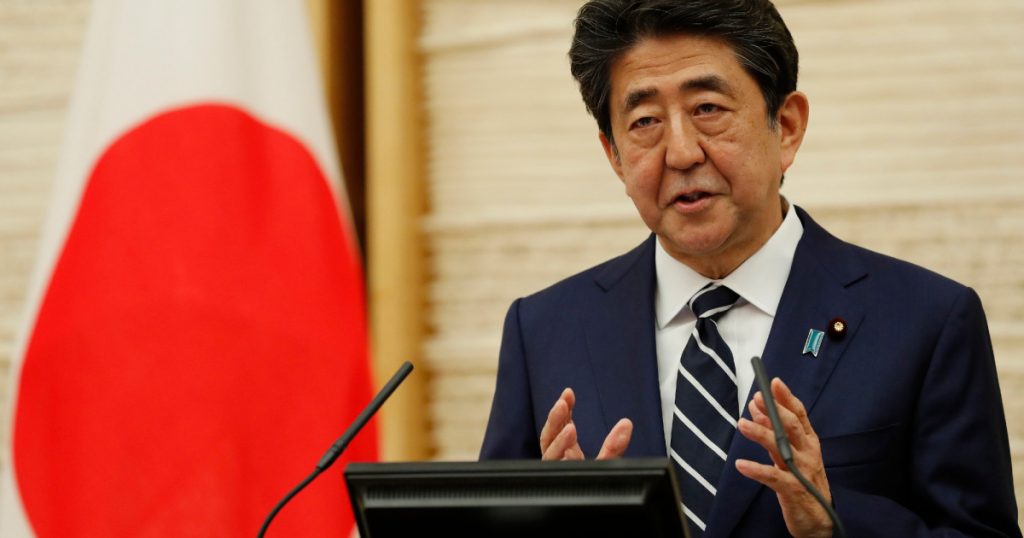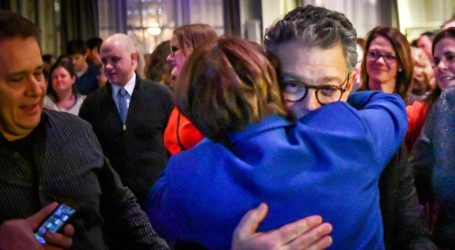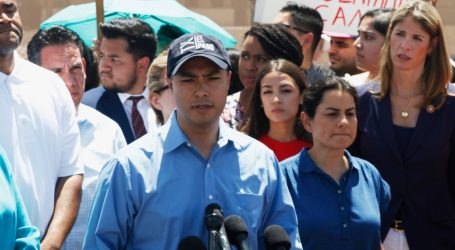Fighting COVID-19 the Japanese Way
POOL via ZUMA
For indispensable reporting on the coronavirus crisis and more, subscribe to Mother Jones’ newsletters.The Wall Street Journal reports that Japan has lifted its state of emergency now that COVID-19 infections are under control. “We have showed the power of the Japanese model,” declared Prime Minister Shinzo Abe. But what is that model?
That model, in contrast to many other developed countries, didn’t include broad testing to establish the general extent of infection. Instead, when a person with clear Covid-19 symptoms was identified, health officials used a shoe-leather interviewing approach to trace the origin of infection clusters. Once the origin was identified, those connected to the cluster—in one case a pleasure boat in Tokyo, in another a concert venue in Osaka—were also tested and isolated as necessary. “We’ve been quite early in detecting new cases through this cluster-tracing approach,” said Kazuho Taguchi, a health ministry official involved in Japan’s virus response.
So that’s it? Just shoe-leather cluster tracing? That sounds promising, but I wonder if—
In declaring a nationwide state of emergency on April 16, Mr. Abe asked businesses to close or reduce hours voluntarily and white-collar workers to work from home. People were told to avoid close contact with others in crowded, confined spaces. Many restaurants remained open but closed by 8 p.m. The voluntary request was enough to shut down shopping districts and sharply reduce traffic in urban centers, and soon the surge of infections ebbed. Mr. Abe also called in late February for schools to close and major sporting and cultural events to be suspended.
OK, so aside from the business closures, working at home, avoiding close contact, shutting down shopping districts, closing schools, and suspending sporting events—aside from all that, all they did was cluster tracing. Perhaps the Japanese model is not quite as unique as they believe.





